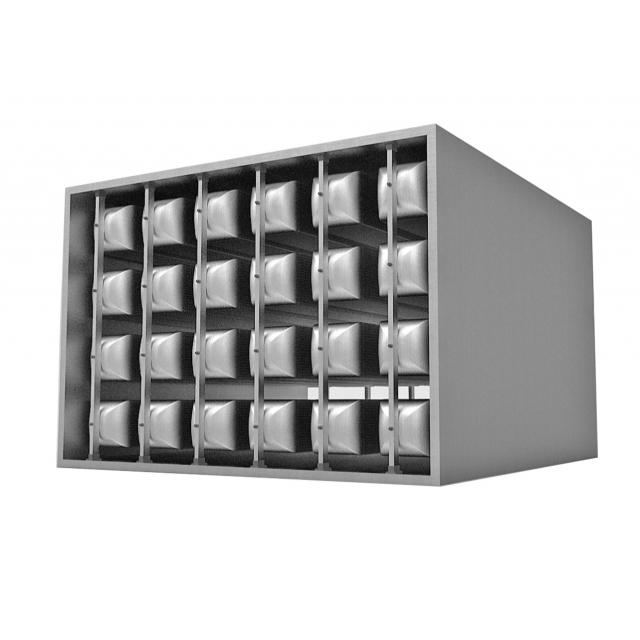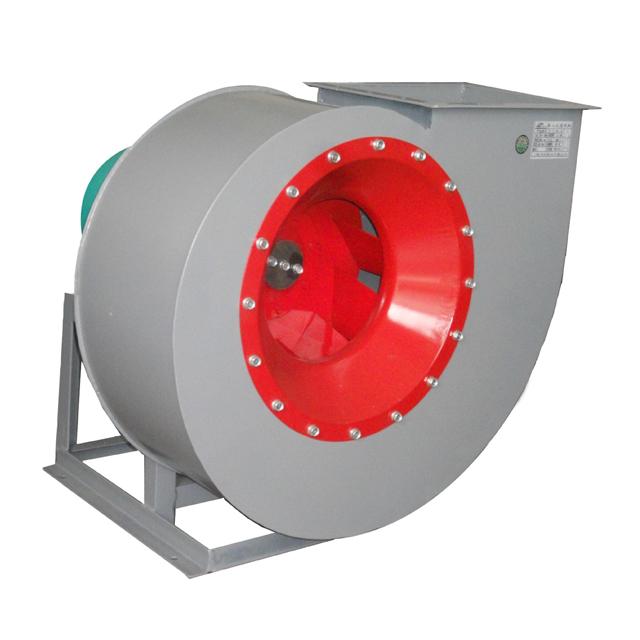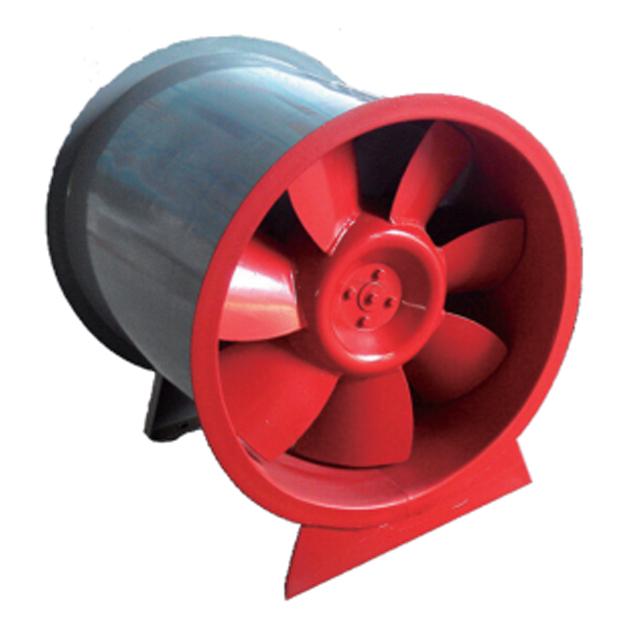How to choose air dampers in ventilation engineering
___________________
一、The role of air dampers in ventilation engineering
1、 The basic functions and classification of air dampers
In ventilation engineering, air valves are one of the key components, and their basic function is to control the direction, speed, and flow of air flow.There are various classifications of air valves, which can be divided into manual air valves, electric air valves, and pneumatic air valves based on their operating methods; According to their structural characteristics, they can be divided into butterfly valves, multi leaf valves, and regulating valves.Each type of damper has its specific application scenario and advantages.
Taking the electric air valve as an example, it is driven by an electric actuator, which can achieve remote control and automated operation, greatly improving the flexibility and convenience of the ventilation system.In large commercial buildings and industrial plants, the application of electric air valves is particularly widespread.Through intelligent control systems, the opening of air valves can be adjusted in real-time according to the indoor and outdoor environment, ensuring indoor air quality while also achieving the goal of energy conservation and emission reduction.
Multi leaf valves occupy a place in ventilation systems due to their compact structure, good sealing, and flexible adjustment.The blades of the multi blade valve can be adjusted according to the needs to control the size of the air flow rate.In places with high air quality requirements such as medical and laboratory settings, the application of multi leaf valves is particularly crucial.It can ensure the uniformity and stability of air circulation and provide a comfortable and safe working environment for personnel.
In addition, the selection of air dampers also needs to consider their material and durability.High quality air valves are usually made of corrosion-resistant, high-temperature resistant, and wear-resistant materials, which can operate stably for a long time in harsh environments.For example, in industries such as chemical and metallurgical industries, due to the corrosive nature of the medium, it is necessary to choose air valves with special anti-corrosion coatings to ensure their long-term stable operation.
2、 The position and function of air valves in ventilation systems
In ventilation systems, air valves play a crucial role, not only controlling the flow and direction of airflow, but also ensuring the stable operation of the entire system.Air dampers are usually located at critical nodes of ventilation ducts, such as branching points, intersections, or end devices.Their precise adjustment function is crucial for maintaining indoor air quality, controlling environmental parameters such as temperature and humidity.
A typical commercial complex uses various types of air valves in its ventilation system, including regulating valves, fire dampers, and check valves.These air valves have different positions and functions in the system, but together they ensure the efficient operation of the ventilation system.For example, the regulating valve is located on the air supply duct and controls the air volume sent into the room by adjusting the opening to meet the ventilation needs of different areas.Fire dampers are installed on pipelines passing through firewalls or floors.In the event of a fire, the dampers can automatically close, effectively preventing the spread of the fire.
The selection and installation position of air dampers have a direct impact on the performance of ventilation systems.A reasonable layout of air dampers can reduce system energy consumption and improve operational efficiency.For example, setting multiple regulating valves on the air supply duct can flexibly adjust the air supply volume in each area according to actual needs, avoiding unnecessary energy waste.At the same time, the sealing and reliability of the air valve are also key factors to ensure the normal operation of the ventilation system.High quality air valves can ensure complete sealing in the closed state, prevent air leakage, and improve the overall performance of the system.
In addition, with the development of intelligence and automation technology, the role of air valves in ventilation systems has also been further expanded.By integrating sensors and control systems, the air valve can achieve automatic adjustment and remote control, improving the intelligence level of the system.For example, some advanced ventilation systems can automatically adjust the opening of air valves based on indoor environmental parameters, achieving constant indoor environmental control.This not only improves the operational efficiency of the system, but also brings users a more comfortable user experience.
___________________

二、Key factors for selecting air dampers
1、 Matching ventilation system requirements with damper performance
In ventilation engineering, the selection of the wind valve is closely related to the requirements of the ventilation system. Ensuring that the performance of the wind valve matches the requirements of the ventilation system is the key to ensure the efficient operation of the system. First, we need to clarify the specific requirements of the ventilation system, such as air volume, air pressure, temperature control and other parameters. For example, in a ventilation system in a large commercial building, high air volume, low noise wind valves may be required to meet indoor air quality requirements.
When selecting the wind valve, we need to consider its performance parameters, such as flow characteristics, resistance coefficient, sealability, etc. The flow characteristics determine the change of the air valve at different degrees, while the drag coefficient affects the energy consumption of the system. The air tightness is related to the air tightness and safety of the system. Therefore, we need to select the appropriate wind valve model and specifications according to the requirements of the ventilation system.
Taking the hospital ventilation system as an example, because the hospital has high requirements for indoor air quality, it is necessary to choose the air valve with efficient filtration and sealing performance. In this project, we chose the electric control air valve with low resistance and high sealing. Through the precise control of the air valve, we realized the accurate adjustment of the indoor air volume and ensured the stability of the air quality inside the hospital.
In addition, when choosing the wind valve, we also need to consider its material and durability. Air valves of different materials have different corrosion resistance, high temperature resistance and other properties, and need to be selected according to the specific use environment. At the same time, the durability of the wind valve is also related to the long-term stable operation of the system. Therefore, we need to choose the wind valve products with excellent material and durability to ensure the long-term stable operation of the system.
2、 Material and durability considerations
Material and durability are a crucial consideration in the selection of ventilation engineering stroke valves. As a key component of the ventilation system, the material of the wind valve not only determines its service life, but also is directly related to the stability and reliability of the whole ventilation system. Therefore, when choosing the wind valve, its material and durability must be fully considered.
First of all, the material of the wind valve should have good corrosion resistance and aging resistance. The ventilation system is often in a complex and changeable environment, such as high temperature, high humidity, corrosive gas, etc. These environmental factors pose a severe challenge to the material of the wind valve. Therefore, the selection of materials with excellent corrosion resistance and aging resistance, such as stainless steel and aluminum alloy, can ensure that the wind valve can still maintain good performance and service life in the harsh environment.
Secondly, the material of the wind valve should also have enough strength and stiffness. The wind valve in the ventilation system needs to bear a certain wind pressure and mechanical stress. If the material strength is insufficient, it is easy to lead to the deformation, cracking and even failure of the wind valve. Therefore, when selecting the wind valve, we should pay attention to the strength and stiffness index of its material to ensure that the wind valve can withstand various stresses during the normal operation of the system.
3、 Safety and reliability assessment
Safety and reliability assessment is a crucial part in the selection of ventilation engineering stroke valves. As a key component of the ventilation system, the performance stability and safety of the wind valve are directly related to the operation effect of the whole system. Therefore, the safety and reliability of air valves must be fully considered.
First, the safety assessment mainly focuses on the performance of the wind valve under extreme working conditions. For example, in high temperature, high pressure or high humidity environment, whether the wind valve can maintain stable performance, no leakage, deformation or damage. In addition, the fire performance of the wind valve is also one of the important indicators of safety assessment. Some high-end air valve products use flame retardant materials, which can effectively prevent the spread of fire in the event of fire and ensure the safe operation of the ventilation system.
Secondly, the reliability assessment focuses on the stability and durability of the wind valve during the long-term use process. This includes the wind valve material selection, manufacturing process, sealing performance and many other aspects. High quality air valve products are usually made of high strength, corrosion resistant materials, through precision processing process and strict quality control, to ensure that it can maintain stable performance in the long-term use process. In addition, the sealing performance of the wind valve is also one of the important indicators of reliability evaluation. Good sealing performance can prevent air leakage and improve the efficiency of the ventilation system.
___________________

三、Specific steps for the wind valve selection
1、 Determine the type and demand of the ventilation system
When determining the type and demand of the ventilation system, we need to consider multiple factors comprehensively. First, the types of ventilation systems are usually divided according to the use, structure and environmental requirements of the building, such as industrial plants, commercial buildings, residential buildings, etc. Take industrial plants as an example, because a large number of harmful gases and dust may be produced in the production process, so it is necessary to choose an efficient and large-flow ventilation system. For commercial buildings and residential buildings, more attention is paid to comfort and energy saving, so it may be necessary to choose a low-noise, efficient and energy-saving ventilation system.
When determining the requirements of the ventilation system, we need to conduct a detailed analysis of the spatial layout, personnel density, equipment heat generation and other factors of the building. For example, in a large shopping center, a reasonable ventilation system is needed to ensure indoor air quality due to the large personnel flow and dense equipment. According to the empirical data, the fresh air volume per square meter usually requires about 0.5-1 cubic meter per second. In addition, we also need to consider the running time and maintenance cost of the ventilation system to ensure the economy and practicality of the system.
In the process of determining the type and demand of the ventilation system, we can learn from some successful cases and experiences. For example, in the ventilation system design of a well-known commercial complex, it fully considers the spatial layout of the building and the flow of personnel, and adopts the advanced air distribution system and intelligent control system to realize the efficient adjustment and energy-saving operation of indoor air quality.
2、 Investigate and compare different air valve products
Choosing appropriate air valve products in ventilation engineering requires in-depth investigation and comparison. First, we need to clarify the specific requirements of the ventilation system, including air volume, pressure, temperature and other parameters, to ensure that the selected air valve can meet the operation requirements of the system. Then, we will investigate the different wind valve products on the market, and collect the performance parameters, materials, price and other information of each product.
In the process of research, we found that a brand of wind valve stood out with its excellent performance. The brand wind valve is made of high strength stainless steel, with excellent corrosion resistance and durability, can long-term stable operation in harsh environment. In addition, the brand air valve also has accurate flow control and regulation function, can ensure the stable operation of the ventilation system and energy saving effect.
In order to evaluate the performance of different wind valve products more accurately, we used a performance evaluation model for quantitative analysis. By comparing the performance data of each product in air volume, pressure, sealing and other aspects, we found that a brand of wind valve performs well in all indicators, especially in terms of sealing, its unique seal design can effectively prevent air leakage and improve the operation efficiency of the ventilation system.
3、 Selection and performance calculation and performance evaluation
The selection calculation and performance evaluation of the stroke valve in ventilation engineering is a key step to ensure the efficient operation of the system. First, we need to determine the basic parameters such as the flow rate and pressure loss of the required air valve according to the type and demand of the ventilation system. For example, in the ventilation systems of some large commercial buildings, it may need to choose wind valves that can withstand high flow, low pressure loss to ensure smooth air flow.
In the process of selection calculation, we usually use professional computing software or tools to simulate the performance of stroke valve of ventilation system. Through the simulation, we can predict the flow rate, pressure loss and other parameters of the wind valve under different working conditions, so as to choose the most suitable wind valve model.
In terms of performance evaluation, we should not only pay attention to the basic performance parameters of the wind valve, such as flow coefficient and pressure loss coefficient, but also pay attention to its performance in actual operation.For example, we can refer to other wind valves in similar projects to understand their stability, durability and failure rate in long-term operation. In addition, we can also refer to the wind valve performance evaluation report or standard issued by the authority to ensure that the performance of the selected air valve complies with the industry requirements.
In the process of type selection calculation and performance evaluation, we also need to pay attention to some details. For example, the material selection of wind valve should consider its corrosion resistance and high temperature resistance; the sealing performance of wind valve is also one of the important indicators to evaluate its performance. In addition, we also need to take into account the installation, maintenance, and troubleshooting of the wind valve to ensure that the selected air valve can meet the operation requirements of the entire ventilation system.
In short, type selection calculation and performance evaluation are indispensable links in the selection process of stroke valve selection in ventilation engineering. Through scientific calculation methods and comprehensive performance evaluation, we can choose the most suitable wind valve model to ensure the efficient operation of the ventilation system.







